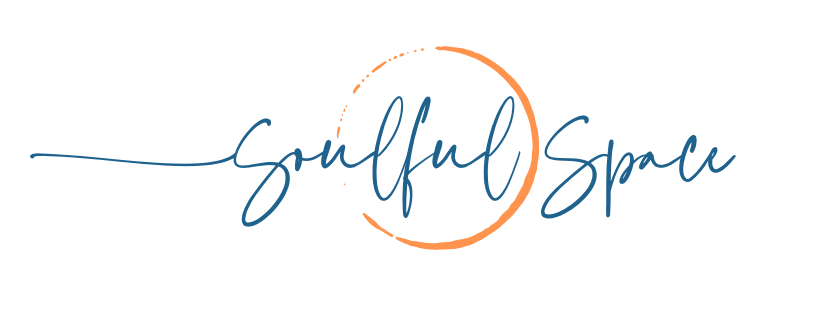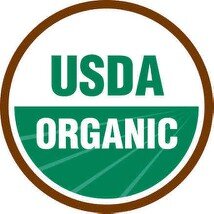In a world where “sulphate-free” “paraben-free” and “cruelty-free” are showing up nearly as often in Walgreens as they are in Whole Foods, it can be confusing, and not just a little intimidating, to begin making changes to your skin care, hair care, and make-up routines if you’re interested in switching to a clean beauty regimen.
Today I’m going to walk you through a few of the terms you may be seeing and a few you may want to look for, as well as how to slowly create a change, and where to go to find “clean” products.
SORTING THROUGH THE LABELS
Let’s get going right out of the gate with some of the terms you’re going to find on beauty products, what they mean and how to decide if they’re important to you.
Sulfate Free: Sodium laurel sulfate is a harsh surface-active agent, used to aid cleansing and foaming in household cleaning products, haircare, skincare, and even in tooth paste. Products with this chemical can dry skin and hair. Those with sensitive skin may find it irritating.
Paraben Free: Paraben free beauty products are ones free of certain chemicals that act as preservatives. They may carry some harmful health effects as they can mimic the hormone estrogen, potentially interfering with hormone balance.
Cruelty Free: [leaping bunny symbol] The leaping bunny symbol tells you the company that manufactured the product does not perform testing on animals. If a company farms production out to China, where there are no animal cruelty laws, there is no guarantee the process is still cruelty free.
Silicone Free: Silicones help dry hair stay moisturized by retaining water, keep frizzy hair smooth with a lightweight coating, and plump up fine hair by increasing in size when heated. Older versions of this chemical were criticized for buildup on hair. However, many do not any longer. May have a negative impact on the environment.
Gluten Free: A gluten-free diet is an eating plan that excludes foods containing gluten. Gluten is a protein found in wheat, barley, rye and triticale (a cross between wheat and rye). Gluten is used in products as a thickener, volumizer, and moisturizer. There is no research that supports the idea that gluten can be absorbed into the bloodstream through the skin.
Organic: Organic farming features practices that cycle resources, promote ecological balance, and conserve biodiversity. Organizations regulating organic products may restrict the use of certain pesticides and fertilizers in the farming methods used to produce such products. Organic foods typically are not processed using irradiation, industrial solvents, or synthetic food additives.
Certified B Corporation: According to the Declaration of Interdependence on the B Corp website, B Corporations and leaders of the purpose-driven global economy believe:
That B Corps must be the change we seek in the world.
That all business ought to be conducted as if people and places matter.
That, through their products, practices, and profits, businesses should aspire to do no harm and benefit all.
That B Corps act with the understanding that we are each dependent upon another and thus responsible for each other and future generations.
PAO (or Period After Opening): Tells you how long the product will stay good after the package is unsealed. The time period is almost always shown in months and appears as a number followed by the letter ‘m’, either inside the jar graphic or next to it.
WHAT COMPANIES CAN YOU TRUST?
If you really want to know you can trust what’s in something or how it’s made, make it yourself. Not interested in doing that? Me either. I’m all about making my own household cleaners, but I’m not quite at the point of making my own beauty stuff.
The next option is to buy from someone you know. A local company, like Good Leaf Life, owned by Lindsay Luker, coauthor of my essential oils series. That way you can talk to the people who make the products and they can tell you all about them or even show you how things are made and with what.
The bigger the company the more variables they will have. This isn’t a bad thing. It just means you either do the research on the company to see what they’re really about or you take a leap of faith based on reviews, recommendations, etc.
BUT CLEAN BEAUTY IS SO EXPENSIVE!
I know, I get it. Higher quality ingredients and fewer cut corners do generally equal higher cost. Only you can say whether that is worth it to you or not.
Yes, it’s my personal belief that clean products are better for you as there are fewer toxins touching your hair and skin. However, this is not meant to pressure you to change what you’re doing for fear of being judged.
There was a time when I wouldn’t have spent the extra money on products like the ones I use today. I also wouldn’t have spent $11 on a pound of butter back then and I will now. Priorities can change as you age, as you gain insight into yourself, and, frankly, as you increase your income.
What I recommend is trolling your favorite companies for sales. Online many companies have rewards programs (I just cashed in $80 worth of rewards with Vegamour), and many have text or email campaigns that will share deals with you (Tonic Products is constantly having some sort of sale that I wouldn’t know about if I didn’t get their emails).
If you don’t like the idea of having 10 advertisement emails per day, go to Unroll.me. There you can connect your email and tell it to gather all of the emails from the companies of your choice to be shared with you in one convenient email each day to peruse at your leisure.
HOW DO YOU CHOOSE WHAT TO USE!?
Answer: Trial and error.
I know, right? That’s not what you wanted to hear.
Sorry, there simply isn’t a better answer. I can’t tell you what to use. I can tell you what I use, but your skin, your hair, and your needs are all different from mine.
Here’s a list of companies I buy from, but that’s only going to be a starting point for you.
My Stuff:
Grove Collabortive
Grown Alchemist
Elemis
Bedrock Balm
Visante
Sahara Rose
Tonic Products
Little Seed Farm
Colour Pop
Tart
Coola
Vegamour
It took about two years of experimenting, and a lot of so-so products, to come down to a very clear regimen that I swear by for my hair, and skin.
What I have found is, regardless of my age, my skin has never been clearer, and my hair has never been so healthy. That’s what has made it worth it to me.
GO SLOWLY
Start with one product. Let’s say your shampoo and conditioner (I consider these one product as they are formulated to work together by their manufacturers).
Ask other women with hair like yours what they use. If you have curly hair do not ask your buddy with the gorgeous straight hair what she uses. Products are specialized these days to specific hair or skin types. Products for curly hair will weigh straight hair down terribly, while those for straight hair will dry out porous curly hair.
Get the smallest container from a brand you want to try. Or get a friend to give you a little bit of hers. Use it for a month. See what you think. If your hair is flat or frizzy or whatever undesirable outcome you might get, check that one off the list.
If you can get sample sizes that’s great. Many companies will give you samples with your order. Always take advantage of this! If nothing else the sample sizes are great to travel with. Decluttering warning! If you aren’t going to use those samples, either don’t get them in the first place or toss them.
Be patient. This isn’t a race or a contest. You’re figuring out how to care for yourself. Do it mindfully.
As with so many things it can feel overwhelming to start on a journey like this, and it’s likely if you’re attending to this, you’re probably looking at your overall healthy living habits.
Reach out to me today and we’ll get you set up with coaching to help you process through your plan and deal with all of the other areas of health beyond beauty.
A happier healthier you is right around the corner!







